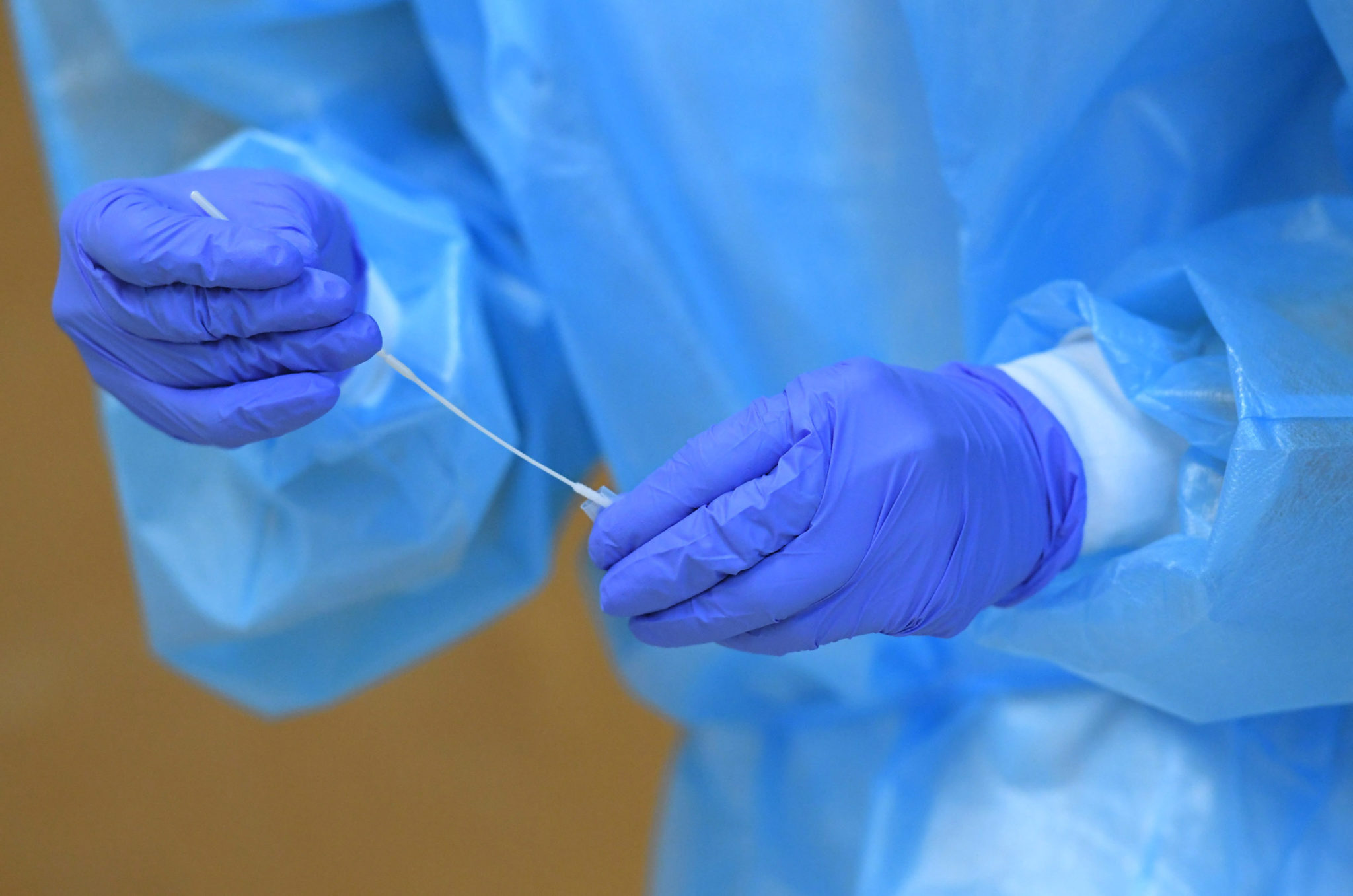
Last month, I participated in a virtual panel at the Canadian Chamber of Commerce’s annual 360° Economic Summit. With my fellow panelists, we discussed the work of the CDL Rapid Screening Consortium. Rogers is one of the founding members of an unprecedented consortium, along with other large companies such as Shoppers Drug Mart and Air Canada. This consortium of 12 Canadian companies (led by Creative Destruction Labs out of University of Toronto) was established with the goal of testing a robust COVID-19 rapid screening process to help the economy re-open safely out of the pandemic.
From the beginning of the pandemic, our President and CEO Joe Natale set out two priorities – to keep our employees safe and to keep our customers connected. This philosophy has guided us as a company in our response to helping our customers, our team and the country at large.
As part of this consortium, Rogers was the first company to begin a rapid screening pilot program with members of our media team at our Toronto campus. These are people who come into our studios every day to deliver a critical service – keeping Canadians informed. We are looking to expand this pilot to other essential teams and locations within our business.
Rapid screens are useful in determining asymptomatic people with COVID-19. If we can determine – in a matter of 15 minutes – people who have COVID-19 and then isolate and protect these people, we can prevent spread of the virus Some may question the advantage of rapid screening when vaccines are now being deployed. These screens are not intended to replace the standard polymerase chain reaction (PCR) tests or even vaccines. They are an additional layer of protection – a critical way to prevent the spread of COVID -19 while we await wide-scale distribution of the vaccine.
These screens can be particularly useful in high congregation areas such as schools and workplaces. They can quickly, and affordably, determine if a person is infected. When that happens, the person needs to get a PCR test to get an official diagnosis and then follow the appropriate guidelines such as self-isolation and treatment. Importantly, this person immediately leaves the workplace or school – preventing the spread to others.
These screens need to be used in addition to current health measures in place such as physical distancing, regular hand washing, face masks and the like.
According to news reports, millions of rapid screening kits have been delivered to the provinces and remain unused. There are various reasons for slow adoption, including the capacity of already stretched health care providers, lack of understanding around how to operationalize the screening process and questions around the efficacy of the screens. As Dr. David Naylor and Dr. Irfan Dhalla of the Government of Canada’s COVID-19 Testing and Screening Expert Advisory Panel said in a recent interview, the false positive rates are very rare and false negative rates are less than 10%. To account for this small inaccuracy rate, screens are done a couple of times per week. Dr. Dhalla references the example of the NFL team Seattle Seahawks, which went through an entire regular season without a single case of disease in its organisation. The Seahawks had included similar rapid screens as part of the steps it took to keep its team members and support staff safe.
Here at Rogers, we are proud to offer our resources to support this important initiative. We continue to gain learnings from this program, and we stand ready to share our learnings with other organisations and implement these screens more widely. At the end of the pilot phase, the learnings from across the consortium will be shared freely as a playbook with government, the public sector and other organizations so they can deploy a similar process to bring workers and customers back safely.
Dr. David Satok is Rogers Chief Medical Officer
